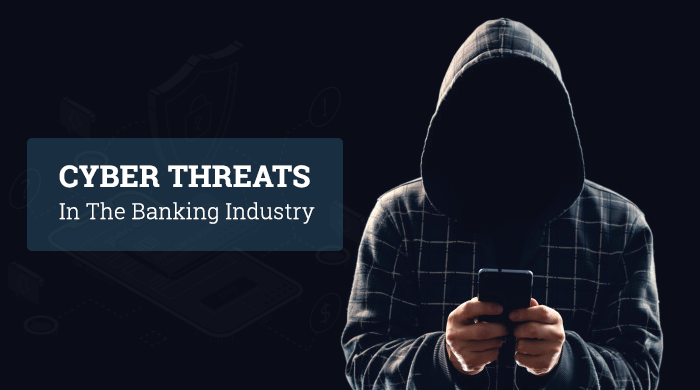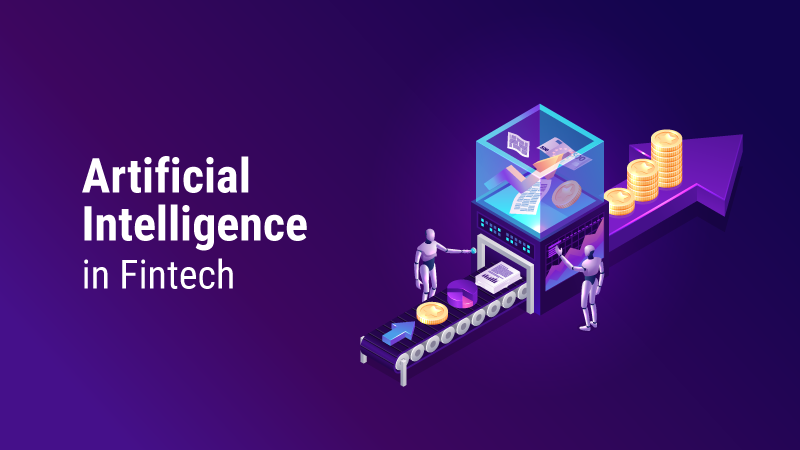Cyber Threats To The Banking Sector To Watch Out For

Over the last decade, cyber-attacks have grown so popular in the banking sector that it is now considered one of the industry’s biggest threats. Cybercriminals have evolved in technology – enhancing their techniques and skills, making it very difficult for any financial service company to top the threat each time. Cybersecurity is not limited to any industries involving technology. It holds a critical value in banking since banks make millions of transactions each day, and most of them done on digital payment platforms. This makes the banking sector the primary target for cyber attackers all over the world.
The importance of cybersecurity to the banking sector
Protecting customer assets is one of the biggest reasons why cybersecurity is essential in the banking industry. Since the internet is taking over the world, most people are going cashless, and activities involving money are done through credit card scanners and online checkout pages. In both cases, the PII of the customer can be taken or redirected to any location and can be used for malicious activities. These activities will affect the customer and hurt the bank when they try to recover the data.
Moreover, banks might end up paying hundreds and thousands of dollars to cyber attackers to release the information when their data is taken hostage. This will affect the bank financially and affect its reputation since the customers will lose their trust in the financial institution. Since the world sees a wave of digitization, banks need to upgrade their cybersecurity since hackers might quickly get through these walls. These reasons clearly show why cybersecurity is essential for any financial institution.
What will be the impact of a cybersecurity breach in the banking sector?
The possible losses banks might face as a consequence of cyber-attacks on their platform are:
- Cyber attacks can cause substantial financial losses for the customer as well as the banks through false transactions.
- Attackers might sell the confidential information they steal from the banking institution. The stolen data is later used for malicious purposes.
- Hackers may begin targeting specific customers that are part of the organization. This may result in customer identity theft or customer frustrations.
- The public image of the financial institution will be damaged for insufficient information security compliance.
What are the modern cybersecurity threats to the banking sector?
While there are many common cybersecurity threats to the financial sector, a few modern threats that have been emerged recently are:
Identity Theft
Identity theft is the practice of taking someone else’s financial or personal data without their knowledge with the motive of conducting concealed, illegal activities. When there is a privacy breach in a bank, the stolen information of the bank’s customers is usually sold and purchased on the dark web by illegal organizations and other cybercriminals.
Spoofing
This type of cyber threat is relatively new, in which the cyber attackers find a way to imitate the bank’s URL with a fake website that functions and looks exactly alike. If attackers are able to convince the customer to open and use the fake website instead of the real one, the customers usually submit sensitive information such as username and password thinking that they are in fact logging in to the bank’s real website. This information submitted by the customer on the fake website is then quickly taken by hackers to be utilized or sold later.
Insecure Third-Party Services
Several financial institutions use third-party tools such as chatbots and customer relationship management software offered by other private companies for providing their customers with a better service. However, if these third-party companies are not cyber secure, it can impact your bank. The level of integration that such third-party tools have to the core banking systems and to the systems where customer data is stored should be monitored and audited carefully.
What can banks do to ensure their banking institution is cyber secure?
The number of cyberattacks in the banking industry is increasing, but there are several ways to minimize the risk of getting hacked.
The right security solution
Manually monitoring every transaction requests to check for possible threats is impractical. Therefore, banks will have to switch to using a process automation solution to automate all monitoring and scanning processes, block and filter malicious traffic from getting into the network. An ideal security solution will stop and screen suspicious activities and track patterns of these attacks and work accordingly. Moreover, these cyber solutions must be easy to customize and configure.
Educate Employees
Making employees aware of the threats that are commonly faced by financial institutions is essential for preventing most of them. Since many of the cyber attackers targets employees and try to extract information from them, awareness of such activities and what to expect needs to be made aware to the team. For example, all employees working in the banking institution must be aware of the risks of downloading or opening email attachments that come from unknown or unreliable sources. This is particularly important since many cyber attacks are from viruses that come through these attachments. Banks must also prohibit their employees from sharing confidential information.
Audit all systems regularly
Cyber attacks can always be traced back to some loophole or minor vulnerabilities in the internal systems and network setups.
Look out for anything such as missing security rules, development bugs, misconfigured systems, or outdated extensions, since these might end up being the loopholes that hackers later take advantage of. Vulnerability assessments can help identify lagging infrastructure on the security section and correct them. At the same time, penetration tests can simulate real-life cyber attacks to test the strength of the security system.
Conclusion
The banking industry has so many opportunities to improve its cybersecurity despite the vulnerabilities. Financial institutions can focus on finding solutions to cyberthreats and implement those solutions to their networks while adopting newer technologies that can provide a seamless banking service.
Get Started with our Cybersecurity ServicesBlogs by Category
AppForms Artificial Intelligence Blockchain Call Centers Chatbots Cloud Computing Data Management Design Digital Marketing Digital Transformation Enterprise Applications FinTech Insights LowCode Development Microsoft Mobile Apps News Office 365 Robotic Process Automation Security SharePoint Software Development Web ApplicationArtificial Intelligence in Fintech

2024-05-23 19:09:40